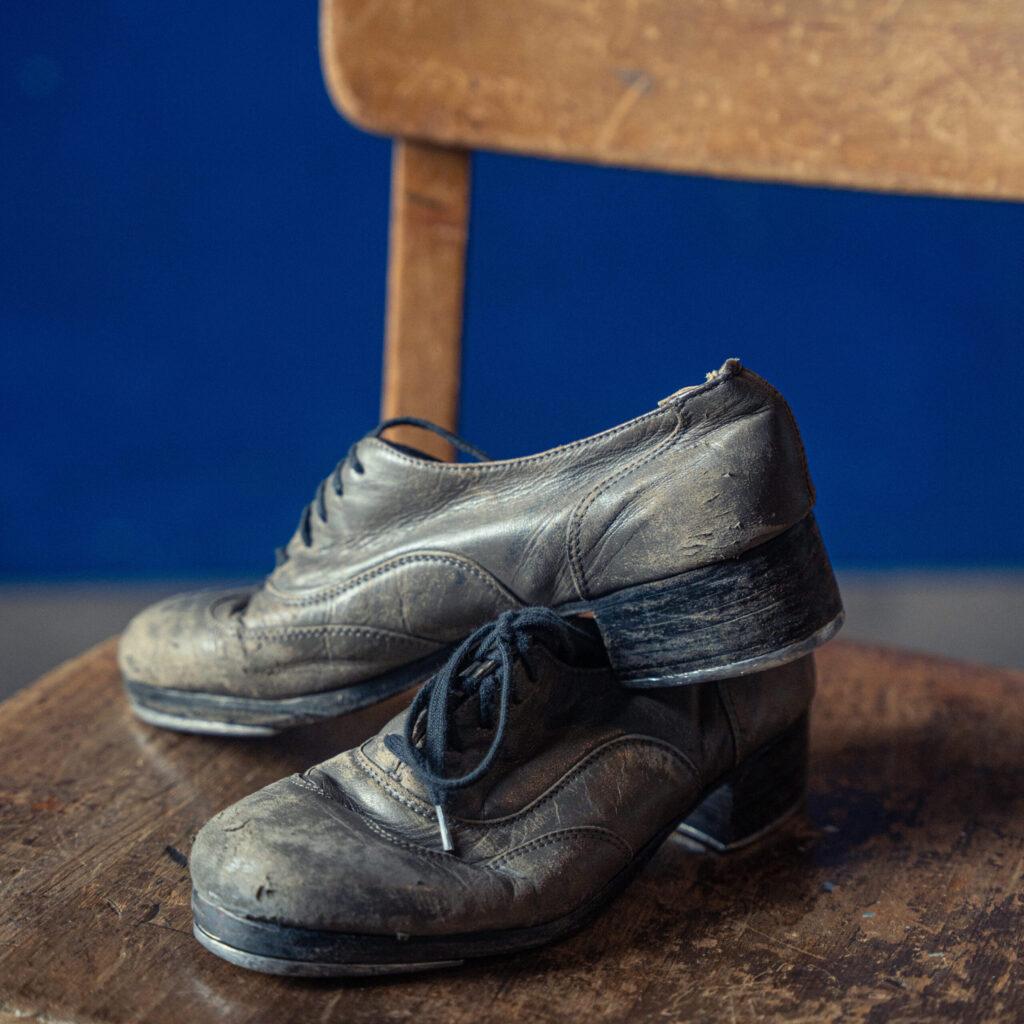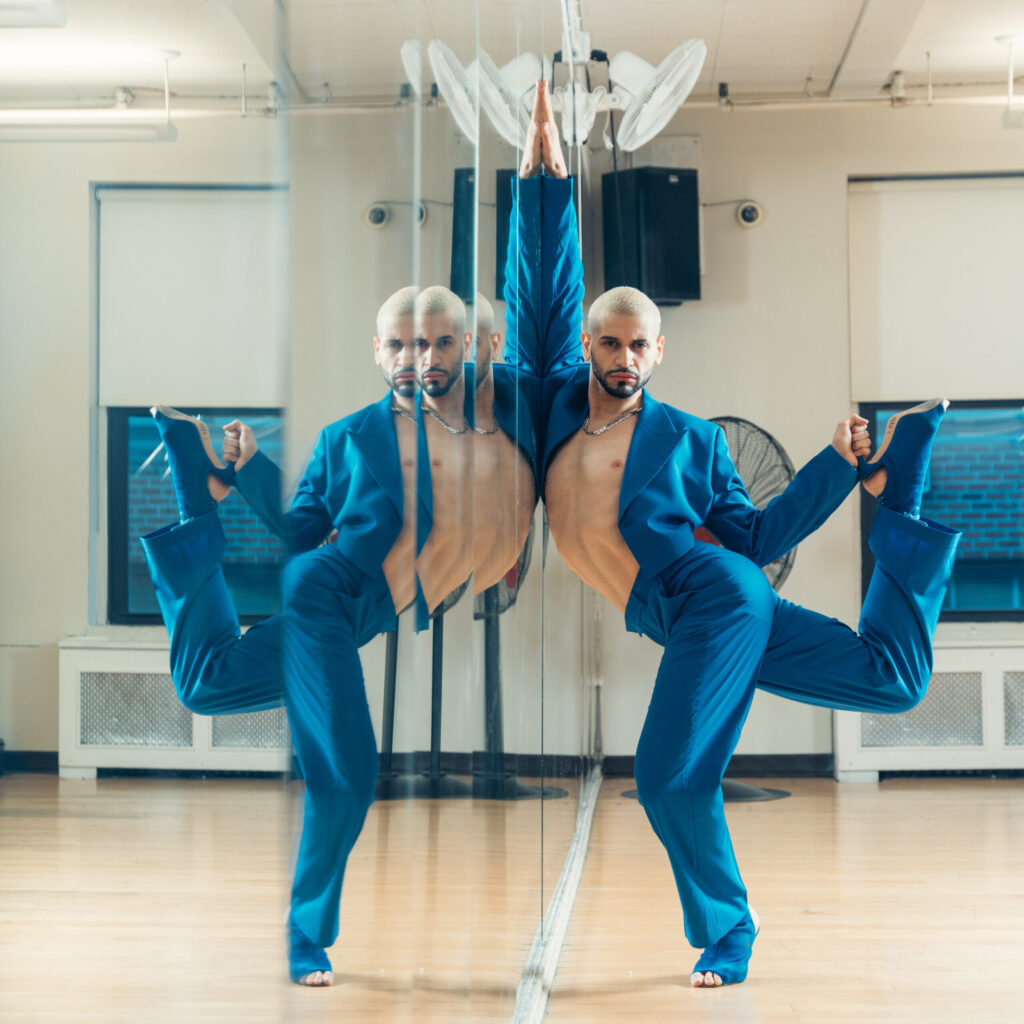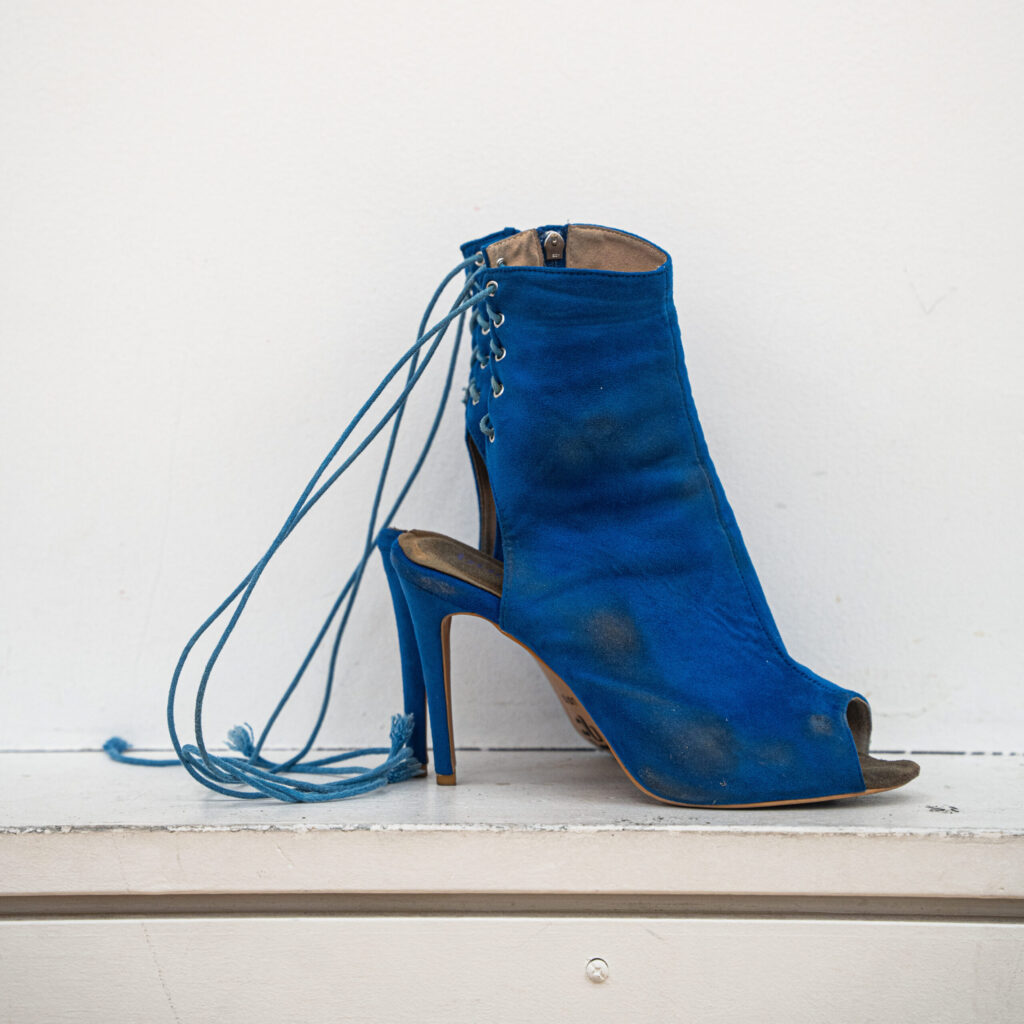Shoes hold a sacred place in a dancer’s life. From the first time you rise over the box of fresh pointe shoes, hear the clack of metal taps on the floor, or stand in the power of a heel, a meaningful relationship is born. Many dancers’ careers are quite literally supported by the shoes they cherish (or, if they have blisters, curse). Here are three dancers on their beautiful bonds with their shoes.
Olivia Boisson – Corps de ballet dancer, New York City Ballet
Having the right pointe shoe is so important. It should be an extension of your body, and that takes work and patience to find. I’m so happy that Freed has come out with a bronze color, so that my shoes don’t only fit my foot but also match my skin tone and my line. NYCB made the move to flesh-tone shoes during the pandemic, and I think it’s been wonderful.
I remember getting my first pair of pointe shoes at Capezio when I was 11 years old. I was super-excited but had no idea how hard it would be to articulate the feet, or even just be up on pointe. I think my first pointe class was half an hour long, and after just 10 minutes I wanted to take them off. They looked pretty, but they really hurt!
I’ve worn the same shoe maker since I was at the School of American Ballet: Maltese Cross. The specs of my shoe are a size 6, 1X, heel pin with forte-flex, and a 3/4 shank. I could go through a pair of pointe shoes every rehearsal, but I try to wear them for about two days each. (I remember wearing my first pair of pointe shoes for an entire year!) I spend every spare minute I have sewing so I don’t end up in dead shoes. It’s actually kind of meditative and strengthens my connection with the shoes.
Michelle Dorrance – Tap dancer and artistic director of Dorrance Dance

My shoes are my voice. They’re responsible for the tone, texture, and essence of my sound, and my sound is one of the most important parts of my artistry. Tap shoes can either be supportive or troublesome. When you break in a new pair, they don’t sound like you yet, and you have to put significant time into getting them to the right place. You wear them until they become part of your body.
My first pair of tap shoes were Mary Janes. Now, I wear customized Capezio K360s in charcoal gray because I think they sound the most like my voice. I wore my most recent pair for four years, and they are finally done. The heel cap is done, I can fold the heel down to the base of the shoe—you shouldn’t be able to do that—and there is a leather support structure that is now gone. I’m finally breaking in a new pair.
The worst thing is when you get your taps worn down to the perfect place, but the holes that the screws go in are stripped. I will use anything from a matchstick to a toothpick to tiny pieces of metal mesh and super glue to hold the screw in place. That becomes what you carry around with you, in addition to a screwdriver, to make sure you don’t lose a tap during performances or rehearsals. Otherwise, that’s the fastest way to put a huge gouge in the floor!

Hector Invictus Lopez – Heels dancer, teacher, and choreographer

The first time I danced in heels, I was told it was a waste of my time. It was 2014 and most people thought that I should focus on my masculine energy. But I couldn’t get it out of my mind, so I went shoe hunting with a friend and bought a pair of strappy black heels—the only ones in the store that came in size 12. Surprisingly, I felt very comfortable in them from the jump. I’m hyperextended with a slightly swayed back, which works well for heels, and I felt really confident and secure.
I wear shoes from the brand Burju—in fact, I have my own collection with them called Pump with Pride. They have sizes up to 15 readily available, which is amazing because when I first started out I struggled to find shoes that fit me. My favorite is a pair I designed that has an open-heel backing with the zipper on one side, and laces that go up the back and wrap around your ankle. It gives you the security of a boot with the freedom of a pump.
Dancing in heels has forced me to confront how I view gender expression. I’m Latino and grew up in the Bronx, so I’ve had a lot of layers of machismo to shed. I used to wear my heels and perform in the club and then want to take them off as soon as possible so I could be comfortable in my masculinity. Now, I’m so much more confident in exploring all the shades of who I am. I am very grateful to heels for giving me the chance to explore my identity more fully.



